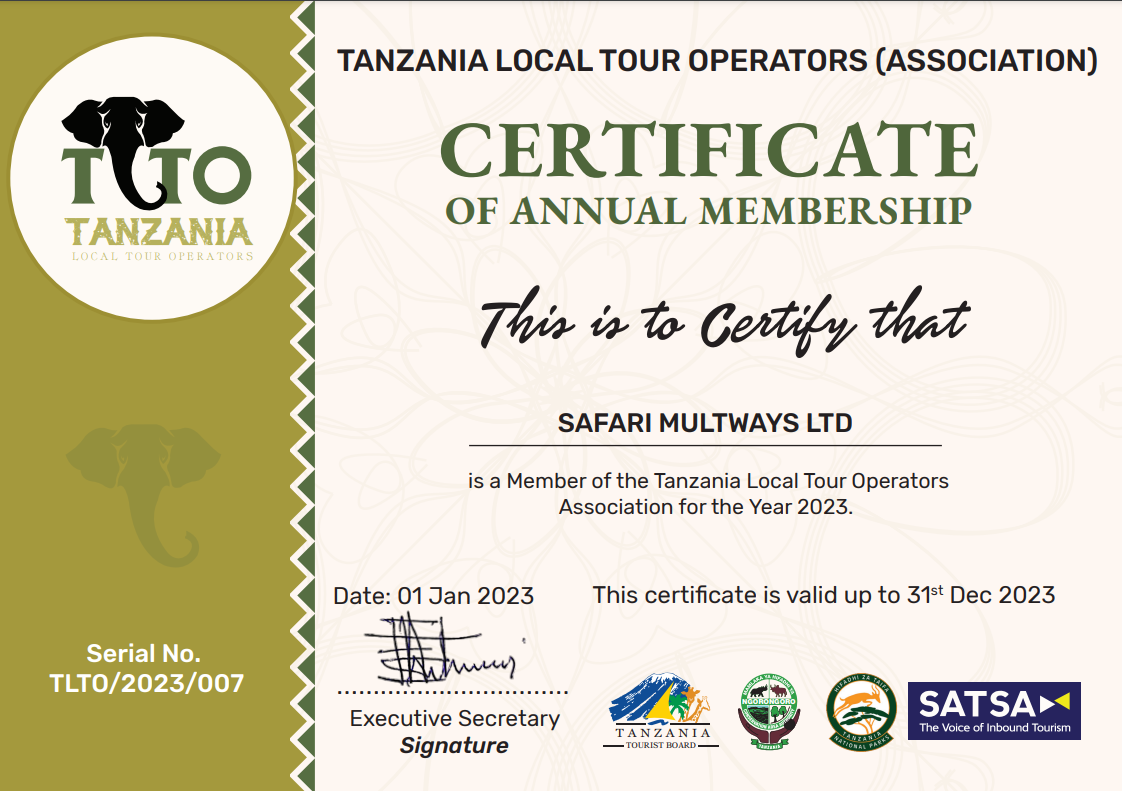Unwelcome Guests: Invasive Species Threaten Ngorongoro Conservation Area
A Dangerous Invasion: Invasive Species in Ngorongoro
Ngorongoro Conservation Area, located in Tanzania, is renowned for its stunning landscapes and diverse wildlife. However, the delicate balance of this ecosystem is being threatened by the presence of invasive species. These unwelcome guests pose a significant danger to the native flora and fauna of the area, jeopardizing years of conservation efforts.
Invasive species are non-native plants, animals, or microorganisms that outcompete native species for resources, disrupt natural ecosystems, and can cause harm to the environment, economy, or human health. They are often introduced unintentionally through human activities such as trade, tourism, or agriculture.
One of the most concerning invasive species in Ngorongoro Conservation Area is the Lantana camara plant. Originally introduced as an ornamental plant, Lantana camara has spread rapidly throughout the area, forming dense thickets that outcompete native vegetation and reduce habitat for wildlife. This invasive plant is particularly problematic as it is toxic to livestock and can also increase the risk of wildfires, further threatening the fragile ecosystem of Ngorongoro.
Another invasive species causing problems in the area is the Nile perch. Introduced to Lake Victoria in the 1950s, the Nile perch has since spread to surrounding water bodies, including Lake Magadi in Ngorongoro. This predatory fish species has had devastating effects on native fish populations, leading to declines in biodiversity and disrupting the delicate balance of the aquatic ecosystem in the area.
The Threat of Non-Native Species to Conservation Efforts
The presence of invasive species in Ngorongoro Conservation Area poses a significant threat to the ongoing conservation efforts in the region. These non-native species can outcompete native plants and animals for resources, disrupt food chains, and alter habitats, leading to a loss of biodiversity and ecological balance.
Invasive species also have the potential to cause economic harm to local communities dependent on the resources of the area. For example, the spread of Lantana camara can reduce grazing land for livestock, leading to decreased productivity and income for pastoralist communities living in and around Ngorongoro Conservation Area. Similarly, the presence of the Nile perch in Lake Magadi can impact the local fishing industry, threatening the livelihoods of those dependent on the lake for sustenance and income.
To address the threat of invasive species in Ngorongoro Conservation Area, effective management strategies must be implemented. This includes monitoring and early detection of invasive species, eradication and control measures, and raising awareness among local communities, tourists, and stakeholders about the importance of preventing the introduction and spread of non-native species.
Conservation authorities, researchers, and local communities must work together to combat the invasion of these unwelcome guests and protect the unique biodiversity of Ngorongoro Conservation Area. By taking proactive measures to address the threat of invasive species, we can ensure the long-term sustainability and conservation of this iconic natural treasure for future generations to enjoy.



